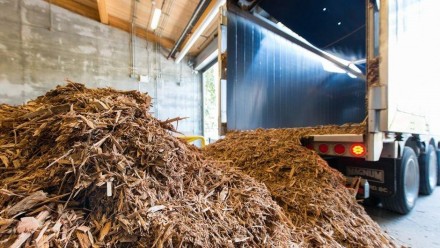
Australia is ideally placed to significantly reduce emissions from our coal-fired power stations by co-firing them with renewable wood waste. Source: Timberbiz
Reports in Fairfax newspapers that the Clean Energy Finance Corporation (CEFC) is advocating for the potential of co-firing renewable wood waste to reduce emissions from Australia’s ageing coal power stations as part of Australia’s clean energy future highlights the once-in-a-generation opportunity.
“With a readily available supply of organic waste from forestry and agriculture operations, an ageing stock of coal power stations, and a national consensus that we need to increase our renewable baseload energy capacity in a carbon-constrained global economy, Australia is uniquely placed to include co-firing renewable wood waste in our energy mix,” Mr Ross Hampton of Australian Forest Products Association (AFPA) said.
“There is wide recognition – including from Chief Scientist Alan Finkel – that coal will continue to be part of our energy mix for decades to come, so Australia needs to look at how the rest of the world is managing the transition to secure, renewable and affordable energy.”
For decades countries around the world including the US, UK, Canada, and in Europe have been reducing emissions by co-firing coal power stations with renewable wood waste, with the support of those countries’ renewable energy and emission reduction schemes.
As Fairfax notes, the result is Australia and other countries export pelletised wood waste for use in cofiring operations that contribute towards such international schemes.
“Australia has all the ingredients to embrace the potential of bioenergy from renewable wood waste, and it’s time we stopped exporting our advantage overseas to help other countries meet their carbon abatement targets,” Mr Hampton said.
Energy from biomass such as forestry and agriculture residues is a unique renewable that can be used across all three energy sectors (transport, heat and electricity).
The CO2 released by the combustion of the renewable wood waste is captured by new plants as they regrow in a sustainable cycle.
Under the Kyoto Protocol, bioenergy is regarded as CO2 neutral. The United Nations Framework Convention on Climate Change also defines bioenergy as renewable, if it is produced from biomass that is sustainably managed – as Australia’s commercial forestry operations are.
“Other industry sectors with bioenergy potential such as agriculture, landfill and waste-toenergy could play an important role in Australia’s secure energy future, while substantially reducing emissions and reusing waste by-products from industrial processes,” Mr Hampton said.





